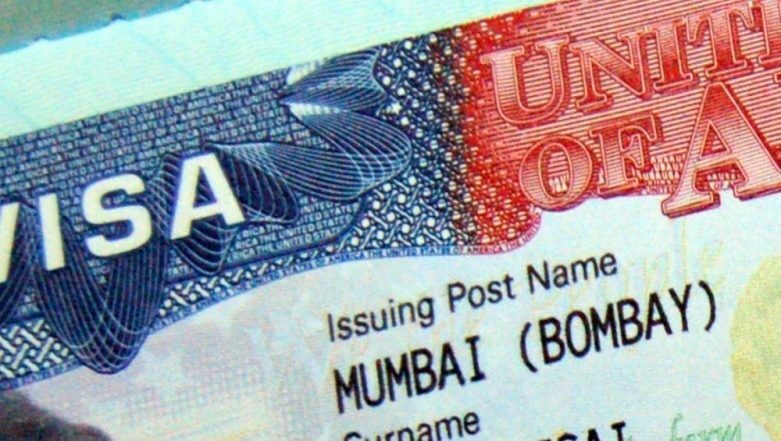As the COVID-19 pandemic continues to ravage economic activities across the United States, companies dealing with the economic impacts of the coronavirus pandemic have been forced to substitute the word “furlough” for layoff.
The Foreign nationals that will be highly impacted by these decisions fall under the H-1B, L, E, O, and TN temporary work visa categories, perhaps the best known of which is the H-1B used in “specialty occupations” from computer programmers to architects, scientists, and managers.
Here are a few things that foreign nationals on these visas should know as their visas are tied to the employer who sponsored them. So, when foreign employees are laid off or terminated, they immediately lose their visa status. (Importantly, immigration laws define a layoff as an action taken by an employer to cause the loss of a worker’s employment, but terminations for inadequate performance, violations of workplace rules, voluntary departures/retirement and the expiration of a contract are not included in this definition.)
If you feel you may be laid off, here are a few things you should know:
There are no Furloughs for H-1B Workers

If you are a foreign worker on an H-1B visa, furloughing does not end the employer’s requirement to pay your salary at the same level as before the furlough. This means there is no such thing as an unpaid furlough for an H-1B visa holder, because of the mandatory salary requirements.
A furlough, in this case, is only permissible if it is requested by you (the employee) for legitimate, personal related reasons (birth of a baby, health issues, and other situations). The employer in no way can compel the request, nor stop paying the H-1B worker without terminating him or her and notifying USCIS.
Laying Off H-1B Foreign Workers

If an employer does terminate your employment, the company must provide the H-1B workers with return transportation to their home country at the employer’s expense. This airfare is for the employee only and not for his/ her family.
Furloughs and Layoffs in Other Non-immigrant Visa Categories

The cases of other non-immigrant visa categories mentioned above (L, E, O-1, TN) differ in that there is no requirement of notification to USCIS in the case of a furlough. Effectively, this means a furlough is permissible because the employee can go without wages with the presumption that the employer intends to re-hire them as soon as they are able. This allows the employee to maintain their lawful status.
However, when it comes to layoffs like in the case of H1-B visa holders the employer must also notify the USCIS of the termination of the foreign workers, which means, in this case, they would lose their visa status.
Options for Workers
The employee can leave the United States immediately, but there is a 60-day grace period for virtually all non-immigrant workers. This change, instituted under former President Obama, means they can stay legally for up to 60 days simply making plans for their departure.

Alternatively, you can avail yourselves of various other options to extend your stay lawfully:
File to change employers and remain in that visa status:
This simply means that you must find an offer of employment from another employer (or return to work for the same employer).
You would go through the same process that you initially went through to obtain the current nonimmigrant status for the employee. The employee must file this change of employer petition while still in lawful status, during the time they are in the 60 days.
File for a change of status to visitor visa status (B-2):
The foreign workers have the option to change their status to visitor status with proof of intended departure date, verification of support of the pending departure, and a valid reason for remaining in the US for that duration of time like– packing, looking for a home for the dog and so forth. This application for change of status to the visitor visa should occur before the end of the 60 days.
File to enroll in or return to school:
This means that you would have to enroll in a university to seek a degree, typically a higher degree, and therefore seek to change the status to that of a student visa holder (F-1).
There are serious costs associated with this option, as you must pay tuition and related expenses, and typically will not be allowed to work unless you enroll in a degree program that allows Curricular Practical Training (CPR). Again, this change of status petition must be filed while you are still under the initial 60-day grace period, OR during the time the employee has a B-2 change still pending.
Layoffs can be hard on foreign workers and it is therefore important for everyone to know their rights as emigrants in the US, especially through these troubled times.
If you have questions about your work visa contact us









